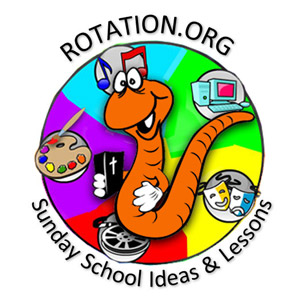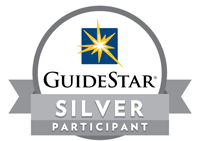Hi Cindy...welcome to the Rotation community.
Three thoughts:
(1) The "sensation of needing to rush" through a 50 minute lesson may be a "hold over" from the traditional approach. In the old style of Sunday School, we felt like we had to squeeze every last bit of blood and meaning out of every lesson, because next week the subject changed! Rotation says: if you don't get to it all this week, relax, they'll get the same story again next week in the next workshop.
(2) Many Sunday Schools have "lost time" due to their schedules (especially those which begin once the kids leave worship), and the culture of not showing up on time and getting started late. A few years ago, our Writing Team started writing for "40 minute" lesson periods, whereas before we were writing for 50 minutes. We also started writing "adaptations" for those with less time. Thus, using the Rotation.org Writing Team's lesson plans might be one of the answers for you.
If your Sunday School time is getting "squeezed," then you definitely want to use the Rotation Model so that you can still spend several weeks on every Bible story rather than 52 different lessons a year that are all too short.
(3) Traditional thinking about the lesson plan (and using the wrong Rotation curriculum). Traditional lesson plans view the "activity" as the thing you do between the scripture and reflections (between the talking). Whereas in Rotation Model lesson thinking, we have been moving away from that kind of "compartmentalization" and towards making the read/discussion/reflection PART of the activity (infusing them with activity), rather than viewing the activity as the "boredom" relief. More about #3 below!
Traditional vs Rotation Lesson Plans
Traditional thinking about the lesson plan tends to draw a hard line between the Bible study and learning activities that traditionally come after the study. At its worst, this traditional way of thinking about lesson plans views the Bible study as the "real teaching," and the activity as the entertainment (what to do when the kids get bored).  Old habits can be hard to break.
Old habits can be hard to break.
Whereas in Rotation Model thinking, we've been trying to move away from "compartmentalization" and low expectations and infuse the traditional "staid" elements, like reading the scripture, with reading activities.
A traditional lesson plan looks like this:
1. Welcome, warm-up (5 min)
2. Read the Bible & Discuss (15 min)
2. Activity (15 min)
3. Reflection/Prayer (10 min)
To be sure, there are times when my Rotation lessons LOOK like that, and you can read a lot of lessons at Rotation.org that still use such terminology. BUT... my FAVORITE lessons are those where the "Bible Study" is a workshop-inspired activity, and not just a time of reading and talking before we get to the activity.
Some of the best examples of this "new" way of thinking about Rotation Lesson Plans can be found in the Writing Team's lesson sets, especially those written AFTER 2018. We've been making a concerted effort to transform the "reading of scripture" and its discussion into activities, instead of just being "read and talk."
Update: 
The Writing Team's Lord's Prayer Art Workshop is a great example of infusing the "reading" with art activity of "Scripture Doodling." Supporting Members can read that lesson plan. Everyone can read the Scripture Doodling how-to article. The "doodling" of the reading actually creates part of the material which gets put into the art project (a prayer closet).
Neil MacQueen
Updated comments and editing for readability added by Wormy.



